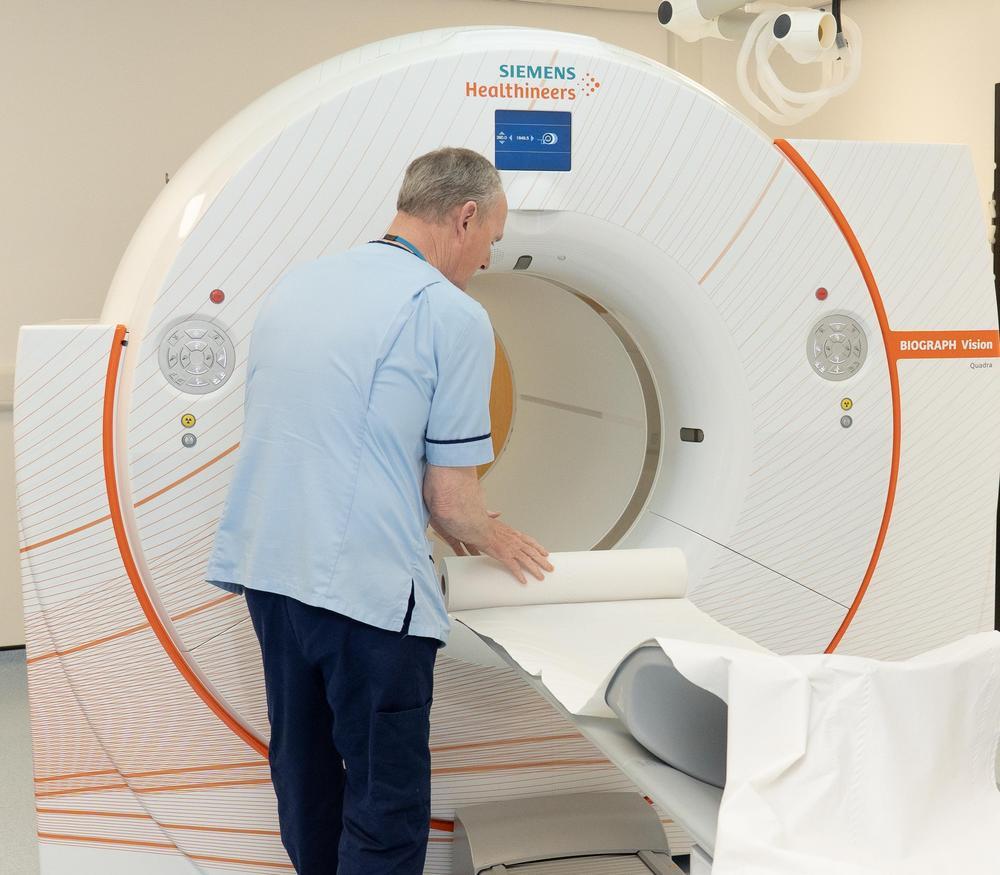Traditional PET imaging offers a limited view, both literally and scientifically. PET imaging scanners capture only a portion of the body at any one time, often requiring long scan durations, multiple sessions, and higher radiation doses.
For many patients, especially children and those with complex conditions, these limitations can restrict participation in research and access to precision diagnostics.
Total-body PET allows highly sensitive (greater than 40 times more sensitive) dynamic imaging of the whole human body in near real-time.
With dynamic, high-resolution scans and significantly lower radiation exposure, Total-body PET opens the door to new insights into multi-organ disease progression, radiotracer pharmacokinetics, and systemic treatment effects, all in a single scan.

We support the development and deployment of total-body PET to transform how researchers, clinicians and industry professionals study human health.
We are working to:
“Total-body PET is a step change for the imaging field. It lets us study the whole body dynamically, using lower radioactive doses, in a way that makes translational research faster, richer, and more patient-friendly.”
Dr Juliana Maynard, Head of Translational Imaging

As a life sciences service, we strategically align scientific expertise, industry, charities, and patients to address global challenges to accessing new innovative technologies, making them accessible to drug discovery innovators.
We collaboratively develop national programmes, focused on delivering impact where support is needed to improve patients’ lives.
NPIP is the UK’s first-of-its-kind national total-body PET imaging platform for drug discovery research. With an investment of £32 million from the UK Government through UK Research and Innovation (UKRI), NPIP’s ground-breaking total-body PET technology platform will help drive the nation’s reputation as a global life science superpower.
Led by MDC, in partnership with the Medical Research Council (MRC) and Innovate UK, NPIP gives the UK’s research community unprecedented access to total-body PET scanners.
NPIP not only connects research institutions, clinicians, and drug developers, but also builds a national data and knowledge hub that strengthens the UK’s position as a global leader in life sciences and PET imaging.
Visit website
Are you a researcher, clinician or industry professional interested in collaborating through Total-body PET?
Fill out the contact form, and we will be in touch to discuss the opportunities available to you.